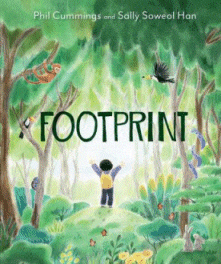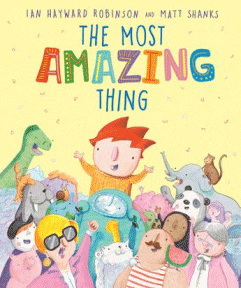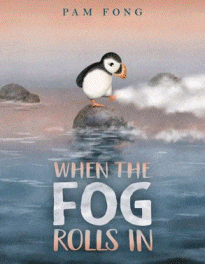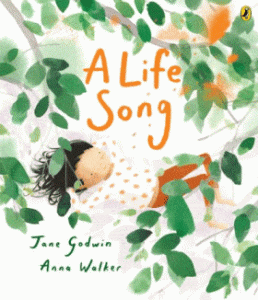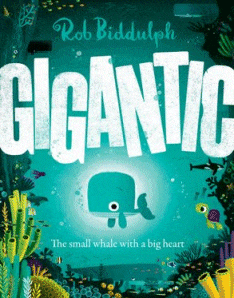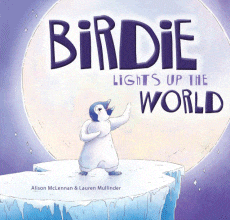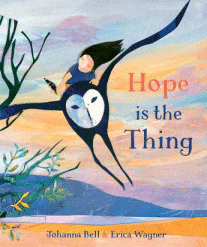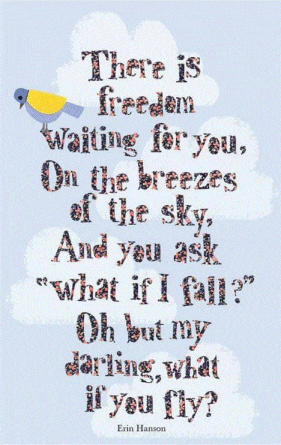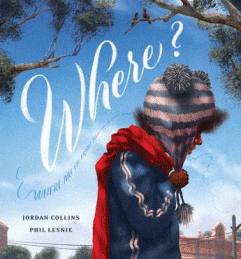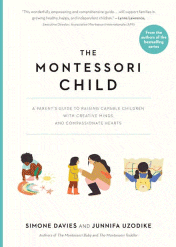
The Montessori Child
The Montessori Child: A Parent’s Guide to Raising Capable Children with Creative Minds and Compassionate Hearts
Simone Davies & Junnifa Uzodike
Workman, 2024
278pp., pbk., RRP $A32.99
9781523512416
There would be few educators of young children who have not heard of Maria Montessori whose work with severely intellectually impaired children 120+ years ago not only led to profound changes in their treatment but a whole change in teaching children generally, which underpins education facilities in 154 countries and over 15 000 schools specifically applying her methods.
But it would seem that an approach to education that “inspires children towards a lifelong love of learning, by following their natural developmental trajectory [so they] become confident, responsible, independent learners, who trust in their own abilities” (Montessori Australia Group) would be the underpinning outcome of any education system, and thus, this book should be in the toolbox of any educator of the primary school child, regardless of where they teach or the curriculum they follow.
Following on from The Montessori Baby and The Montessori Toddler, this book, whilst written primarily for parents, has so much to offer the teacher who so often takes on many of the roles and responsibilities that were once exclusively the parents’ domain. The introduction explains why this is a way that suits every child, everywhere “regardless of their family constellation” . It is about learning how every child is unique and how to foster their individuality, making adjustments as necessary but also raising them with respect in a holistic way that works across the cognitive, social, emotional and spiritual domains. And so when little ones come to us wanting to know about their bodies, or divorce or death, or religion, or the big-picture concerns like climate change, there are suggestions for doing this that can be readily adapted to the classroom situation.
I have always believed that if you want a child to be responsible, you give them responsibility; if you want them to be respectful, you give them respect; if you want them to be honest and reliable, then you trust that they will be… And fundamental to the Montessori belief is that when children are given independence and trust, that there is an expectation they will succeed, the tools and the models to achieve that success and the encouragement to build on their abilities, it’s amazing what they can achieve. So with advice that is underpinned by evidence and examples, experience and practical activities, this is a book for both parents and teachers, and would be an ideal gift for those aspiring to be both.
